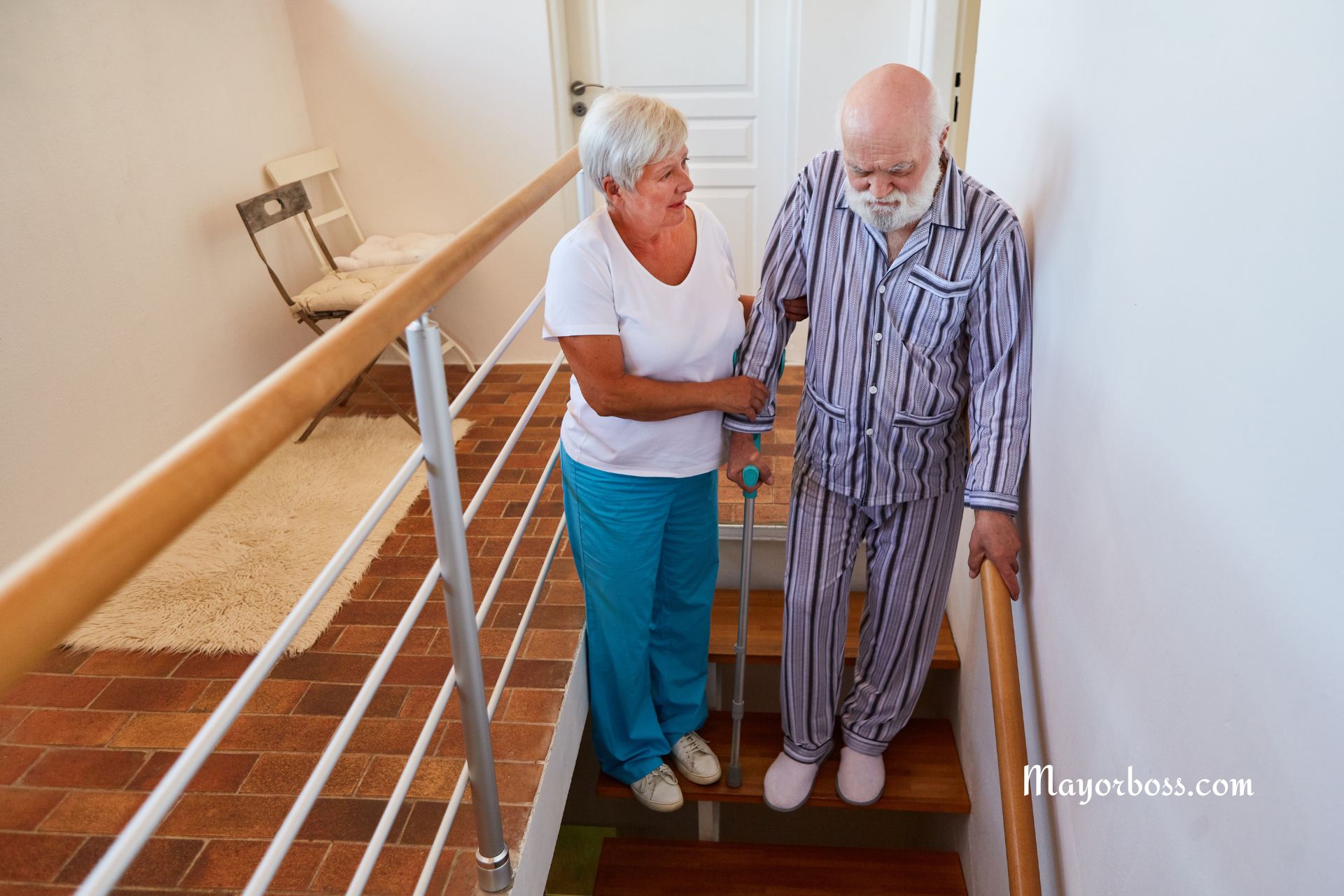Don’t Ignore This Red Flag Dementia Symptom: Changes in Your Walk
When we think about dementia, we often picture forgetfulness or trouble with memory. However, an equally important but less talked-about sign is a change in how someone walks. Yes, you heard that right. Changes in walking patterns can be a red flag for dementia, signaling that it’s time to pay attention and possibly seek medical advice. This article will shed light on why and how walking changes occur in dementia and what you can do if you notice these changes in yourself or someone you love.

Understanding Dementia and Walking Changes
Dementia is a broad term for conditions that impair cognitive functions such as memory, reasoning, and problem-solving. It can also affect physical movements, including the way a person walks.
Why Does Walking Change in Dementia?
The brain is the command center for our bodies, directing everything from thoughts to movements. Dementia can damage the brain’s areas responsible for movement coordination and balance. As a result, you might notice differences in the way you or a loved one walks. This could range from shuffling feet to having a harder time navigating turns and obstacles.
Signs to Watch For
Pay attention to these changes in walking patterns:
- Slowing down in pace
- Difficulty starting or stopping movement
- Shuffling or dragging feet
- Uneven steps
- Loss of balance or more falls
These signs are crucial because they not only help in recognizing dementia early but also in preventing falls, which are a major risk for seniors.
What Can You Do?
If you or someone close to you shows changes in walking, it’s important to consult a healthcare provider. They can conduct assessments to understand the cause and discuss the best course of action.
Staying Active and Safe
For those living with dementia, staying physically active is key. Exercise can improve mood, maintain muscle strength, and enhance balance, which might help manage some symptoms related to walking. Activities like walking, tai chi, and water aerobics are great options. However, safety comes first. Ensure the environment is safe for exercise to prevent falls and injuries.
Support and Understanding
Having support from family, friends, and healthcare professionals makes a significant difference. Sharing your observations and concerns can help in managing the condition better. Also, being patient and understanding with yourself or your loved one is essential. Dementia affects everyone differently, and adjustments to daily routines and environments can promote safety and well-being.
Frequently Asked Questions
Q: Can walking changes be the only sign of dementia? A: While changes in walking can be an early sign of dementia, they usually occur alongside other symptoms like memory loss or difficulty in problem-solving. However, any noticeable change in physical or cognitive abilities warrants a conversation with a healthcare professional.
Q: Are walking changes in dementia reversible? A: The changes in walking due to dementia reflect the underlying brain changes, which are currently not reversible. However, interventions like physical therapy and exercise can help manage the symptoms and improve the quality of life.
Q: How can I make my home safer for someone with dementia who has walking changes? A: Minimizing fall risks is crucial. You can do this by ensuring clear walking paths, installing grab bars in critical areas like the bathroom, and ensuring good lighting throughout the home. Consulting with an occupational therapist for personalized advice can also be beneficial.
Changes in how you or a loved one walks can be a subtle yet significant sign of dementia. Recognizing these changes early on can lead to timely intervention, helping manage symptoms and improving quality of life. Staying informed, seeking support, and adapting to these changes are pivotal steps in navigating the challenges dementia may bring.






